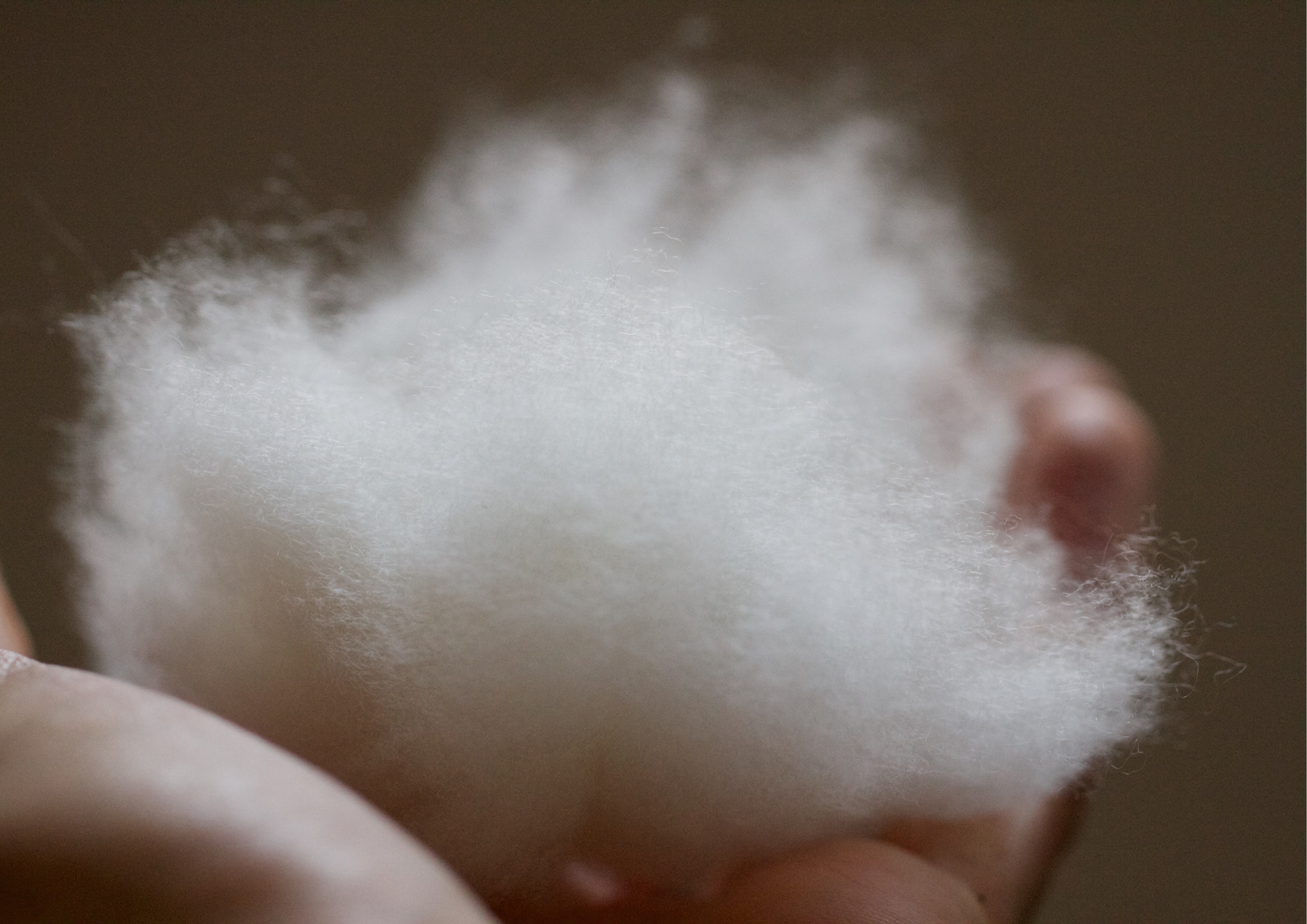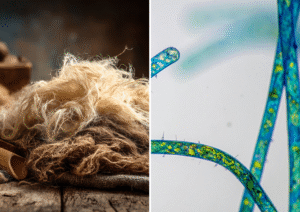Textile materials are the fundamental building blocks of the entire fabric manufacturing industry. Understanding textile materials is essential to our process at GAJERA IMPEX, from yarn selection to the final fabric quality. The comfort, durability, appearance, and functionality of any textile product heavily depend on the type and quality of textile materials used. But what exactly are textile materials, and how are they classified?
Defining Textile Materials and Their Classification
Textile materials refer to the raw or processed substances used to produce textile products such as fabrics, garments, home textiles, and industrial textiles from the textile yarn. These materials are generally in the form of fibers, yarns, or filaments, which are then woven, knitted, or processed into finished fabrics. The most basic classification of textile materials is based on the type of fiber from which they are made.
Fibers — the smallest unit of matter or any textile material either natural or manufactured, that forms the basic element of fabrics — are primarily classified into natural fibers and man-made (or synthetic) fibers. This classification is based on the origin of the fiber and how it is obtained or produced.
Natural fibers are obtained from nature without any chemical alteration. These include fibers derived from plants, such as cotton, linen (flax), hemp, and jute, and from animals, such as wool, alpaca, cashmere, and silk. These fibers are known for their breathability, softness, and comfort. Their moisture-absorbing nature makes them ideal for apparel and sensitive skin use. However, they can be less durable and more prone to environmental degradation compared to synthetics.
Man-made or synthetic fibers are created through chemical processes, often using petrochemicals as raw materials. Common synthetic fibers include polyester, nylon, acrylic, and spandex. There are also regenerated fibers, like viscose, modal, and lyocell, which are made by processing natural cellulose sources (such as wood pulp) through chemical methods. These fibers offer enhanced durability, wrinkle resistance, and higher strength. They are more stable in harsh environmental conditions but may lack the natural softness and breathability of organic fibers.
Impact of Textile Materials on Fabric Comfort and Performance
The type of textile material used plays a critical role in determining the final properties of a fabric. Natural fibers tend to offer more thermal comfort, moisture management, and soft texture, which are highly desirable in fashion and everyday wear. On the other hand, synthetic fibers can provide high tensile strength, elasticity, and resistance to environmental wear, making them suitable for industrial, activewear, and outerwear applications.
At GAJERA IMPEX, we carefully select our raw materials based on the desired end-use of the fabric. Whether it’s pure cotton for breathable sarees and kurtis, viscose for flowy dupattas, or polyester for durable home textile fabrics, we ensure that the textile materials align with both performance and comfort standards.
Differences Between Natural and Man-Made Fibers
The distinction between natural and man-made fibers extends beyond origin and includes mechanical, chemical, and physical properties. Natural fibers often have irregular structures and are biodegradable, making them environmentally friendly. Their production relies on agricultural cycles and may vary in quality based on climate and harvesting practices.
Man-made fibers, being industrially produced, offer greater consistency, uniformity, and customizability. Their cross-sections and surface characteristics can be engineered during manufacturing, which affects how they interact with light, moisture, and mechanical stress. However, they may also contribute to microplastic pollution and are less biodegradable.
Understanding Cross-Section and Longitudinal Section in Textile Materials
The cross-section of a fiber refers to the shape observed when a fiber is cut perpendicular to its length, while the longitudinal section is the view along the length of the fiber. These structural characteristics significantly influence how the fiber behaves during weaving and in the final fabric form.
Natural fibers typically have irregular cross-sections. For example, cotton has a kidney-shaped cross-section with a twisted ribbon-like longitudinal shape, contributing to its softness and breathability. Wool has a scaly surface in the longitudinal section, which helps in felting and warmth retention.
Man-made fibers, in contrast, are engineered into precise cross-sectional shapes like circular, trilobal, or hollow, to control shine, bulk, and moisture movement. Their longitudinal sections are often smooth and uniform, which can reduce friction and improve fabric strength but might make the fabric feel less natural.
These structural elements directly impact the texture, drape, luster, and moisture behavior of the fabrics we produce. At GAJERA IMPEX, our technical team studies these microscopic characteristics closely to ensure that each yarn we weave aligns with the fabric’s end use—be it for high-end apparel, elegant sarees, or durable upholstery.
Conclusion: The Right Material for the Right Fabric
Understanding the science and structure of textile materials is essential for producing high-quality fabrics. At GAJERA IMPEX, we combine traditional expertise with advanced knowledge of fiber technology to weave fabrics that meet international quality standards. By choosing the right material, whether it’s natural, synthetic, or blended, we deliver fabrics that provide comfort, durability, and aesthetic appeal to customers worldwide.
For custom fabric development or export inquiries, feel free to contact us at www.gajeraimpex.com or write us directly at sales@gajeraimpex.com — your global partner in textile excellence.





